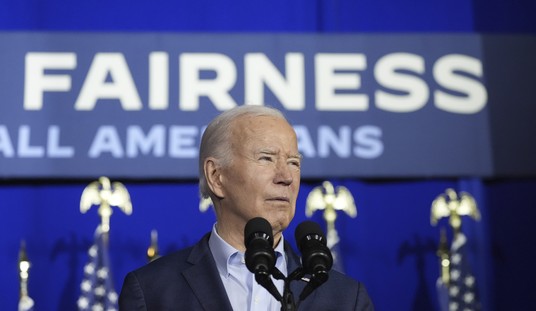Late last week, I interviewed James Piereson of the Manhattan Institute for my newest Silicon Graffiti video blog. (With a little help from the crew at PJTV, who made the transcontinental Internet HD video connection possible.) Piereson has an article in the latest edition of the New Criterion that’s a rebuttal to Sam Tanenhaus’ new book, The Death of Conservatism. As James wrote in his essay:
Sam Tanenhaus has now reprised the old arguments about conservatism and tried to bring them up to date in his newly published jeremiad, The Death of Conservatism. Tanenhaus, the editor of the New York Times Book Review and author of a justly acclaimed biography of Whittaker Chambers, argues that the conservative movement collapsed under the presidency of George W. Bush, and that Barack Obama’s victory in 2008 marked the beginning of a new liberal era in American politics. Tanenhaus is not altogether certain as to the causes of this collapse, at times suggesting that conservatives undid themselves because they were corrupt and unprincipled in their pursuit of power and at others suggesting that they lost the support of the American people because of their devotion to right-wing “orthodoxy.” The one thing about which he is certain is that he dislikes conservatives—intensely and unremittingly so, judging by the rhetoric deployed in this book. Tanenhaus says at various points that conservatives are out to destroy the country, that they are driven by revenge and resentment, that they dislike America, and that they behave more like extremists and revolutionaries (“Jacobins”) than as genuine conservatives. In this sense, he has resurrected the liberal literature about Sen. McCarthy and “the radical right,” and sought to apply it to contemporary conservatism as if nothing of importance had happened in the meantime. All of this is nonsense, of course, and given some of the author’s previous writings, particularly his biography of Chambers, one had reason to hope that he would have produced something more elevated than the partisan assault against conservatives that he has packaged in this book.
And during our interview, I asked James about this quote from the book, discovered by a staffer at the Weekly Standard and linked to by Brent Baker of Newsbusters:
Catching up with a great catch in last week’s Weekly Standard “Scrapbook” section, the September 7 issue highlighted an example of how it takes a worldview that sees liberals like Barack Obama as “consensus”-oriented/“explicitly nonideological” centrists — and Republicans as “ideologically committed” conservatives — to work at the New York Times. Sam Tanenhaus, editor of the newspaper’s Book Review and Week in Review sections, in his new book, The Death of Conservatism, proposes on page 23:
The primary dynamic of American politics, normally described as a continual friction between the two major parties, is equally in our time a competition between the liberal idea of consensus and the conservative idea of orthodoxy. We see it in the Democratic Party’s recent history of choosing centrist, explicitly nonideological presidential candidates (Kennedy, Johnson, Carter, Clinton, Obama), as contrasted with the Republicans’ preference for ideologically committed ones (Goldwater, Reagan, George W. Bush).
The unnamed Weekly Standard writer scoffed: “The sophistry here is breathtaking. Tanenhaus not only conflates his own political preferences with the American ‘center.’ In order to prove that only the Democratic party nominates ‘centrist, explicitly nonideological’ men for the presidency, Tanenhaus (1) puts Obama – Barack Obama! – in the ‘centrist’ camp, and (2) totally ignores Democrats Hubert Humphrey, George McGovern, Walter Mondale, Michael Dukakis, and Al Gore, as well as Republicans Richard Nixon, Gerald Ford, George H.W. Bush, Bob Dole, and John McCain.”
President Obama is centrist and “explicitly nonideological”? That would be news to those who participated in the 9/12 Tea Parties in DC and elsewhere. Speaking of which, as Rick Moran wrote, “What makes Saturday’s massive turnout around the country so significant is that it is the first truly conservative mass movement in American history.” This could have significant impact in 2010. But in the meantime, for a look at how a journalist with the New York Times can spectacularly misread an ideology, tune in to the video below:
And to catch up with previous editions of Silicon Graffiti you might have missed, click here and keep scrolling.









Join the conversation as a VIP Member